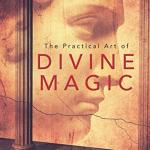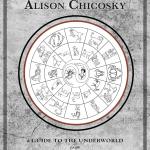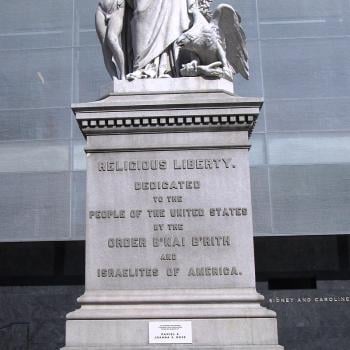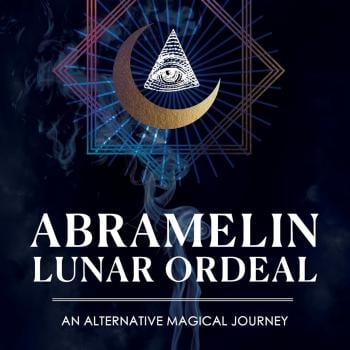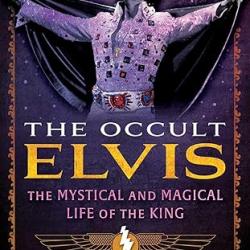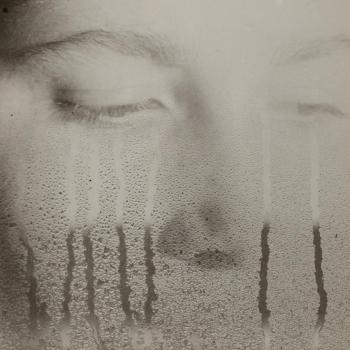Pythagorean Theology and the Esoteric Elements focuses on the importance of Pythagoras, who twenty-six centuries ago “founded an initiatory secret order in which he taught the true nature of the gods and their connection to the numbers, understood as spiritual principles. His doctrines were based in part on the teachings of his master, Pherekydes, and of the Persian Magi, as well as Zoroastrianism and the Orphic Mysteries. Pythagoreanism continued as an esoteric tradition in the West, significantly influencing Plato and later Platonists, and providing a basis for the spiritual practices of the late antique Neoplatonism of Emperor Julian, Iamblichus, Proclus, and others. Especially after its rediscovery in the Italian Renaissance, Pythagoreanism, provided the esoteric heart of the spiritual, mystical, and magical traditions of Europe and the Near East.”
Clearly, it would be advantageous for everyone on a spiritual path in the Western World, at least, to be conversant with Pythagoreanism, as this is the bedrock on which most modalities are based.
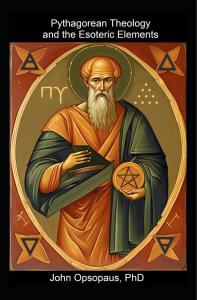
The text is divided into two parts. Part I — A Summary of Pythagorean Theology and Part II — The Ancient Greek Esoteric Doctrine of the Elements.
Part I — A Summary of Pythagorean Theology
Part I presents a summary and synthesis of the theology of Pythagoreanism, a spiritual tradition that has been practiced continuously for at least twenty-six centuries.
“According to ancient Greek tradition, Pythagoras (572–497 BCE) studied with the Egyptians, Phoenicians, Chaldeans, Brahmans, and Zoroastrians, and was initiated into all their mysteries. He is supposed to have met with Zoroaster (Zarathustra), but, since scholars now believe that Zoroaster probably lived in the second millennium BCE, it is likely that the Greek tradition reflects a meeting between Pythagoras and Zoroastrian Magi. In any case, there are many traces of Zoroastrianism in Pythagorean doctrine.”
Dr Opsopaus covers the theogony, or the birth of the gods, but points out that he was offering a synthesis of the systems of the Pythagoreans, Neo-Pythagoreans, and Neoplatonists despite them differing on many technical points of philosophy. He explains his decision:
“This may seem somewhat intellectually sloppy, but in fact I think it is a mistake to over-emphasize dogmatic details in a religion that is fundamentally mystical. In the end, we come to understand the gods by interacting with them through theurgy.”
This clearly implies that while theory is important, it was a signpost to praxis. Spirituality should never be reduced to an armchair intellectual exercise.
Dr Opsopaus covers from the standpoint of Pythagoreanism the nature of the goddesses and gods themselves, as well as the Ineffable One or First Principle known as Aiôn:
“However, beyond the Father and Mother of the gods, most Pythagoreans recognize a primordial divinity who encompasses all divinities, and indeed all things in the universe. This transcendent deity is sometimes called Aiôn (‘Eternity’ or ‘Unlimited Time’), but also The All (To Pan), The Whole (To Holon), and The One (To Hen). Indeed, Proclus (c.411–485 CE) says, ‘The One is God’ (To Hen Theos). ,,, According to the myths, Aiôn is bisexual and by self-fertilization gives birth to the Father and Mother of the gods.”
It is not often that the hermaphrodite deity, Aiôn, is given due credit for their role in creation outside of Pythagorean texts and the Greek Magical Papyri.
The text would not be complete without a chapter on theurgy, the sacred ritual by which one may communicate with the gods and daimons and ascend to union with the One. This chapter has a section on personal daimones where Dr Opsopaus introduces the “guardian or personal daimôn (idios daimôn), who knows our innermost thoughts and accompanies us through life and through death between lives.”
He then introduces “0ur Highest Self, which Pythagoreans call ‘the Highest Flower of the Soul’, is our inner daimôn; some think it is the same as the guardian daimôn, but others, including myself, believe they are different.”
I would’ve loved to have seen the connection explored between the guardian or personal daimôn and the Highest Self with the Holy Guardian Angel (HGA) of ceremonial magick.
Finally, he introduces the “shadow spirit, the ‘other daimôn’ or ‘bad daimôn’ (kakos daimôn), who is created from all the beliefs, behaviors, attitudes, and so forth that we have rejected as wrong. The bad daimôn cannot be banished, and if we imagine we have done so, we only fool ourselves, which generally leads to kakodaimônia: misfortune, misery, and even madness. It is better to come to know your other daimôn, so that you can satisfy his or her needs without compromising your moral convictions; to this end, theurgy is very valuable. (Your guardian daimôn and shadow daimôn both have the same gender as yourself, in most cases.)”
The remainder of this chapter comprehensively deals with statue animation and ascent through the planetary spheres. He shows how to incorporate working with these daimôns to these ends.
Part II — The Ancient Greek Esoteric Doctrine of the Elements.
Part II presents the esoteric doctrine of the four elements (earth, water, air, and fire):
“The discovery of the Four Elements is generally credited to Empedocles, a fifth century BCE Greek from Sicily. Although he is commonly considered one of the founders of Western science and philosophy. … Empedocles, in his turn, was a source for the major streams of Western mysticism and magic, including alchemy, Graeco-Egyptian magic (such as found in the Greek magical papyri), Neoplatonism, Hermeticism and Gnosticism. The Tetrasomia, or Doctrine of the Four Elements, provides a basic framework underlying these and other spiritual traditions.”
Regarding the background of Empedocles, “he was a Pythagorean and in his own time was viewed as a prophet, healer, magician and savior. His beliefs and practices were built on ancient mystery traditions, including the Orphic mysteries and the underworld mysteries of Hekate, Demeter, Persephone and Dionysos.”
Dr Opsopaus comprehensively analyzes the elements, however, it is Fire which is the primary agent of transformation, for it represents the power to impose a self-determining form. The application of Fire “provides an escape from the cycle of reincarnation and a passage to the Isles of the Blessed.”
All in all, this text is essential reading for anyone interested in practicing theurgy in the manner of the ancients, as well as those interested in the origins of contemporary practices in the Western Mystery Tradition.
Tony Mierzwicki
Author of Hellenismos: Practicing Greek Polytheism Today and Graeco-Egyptian Magick: Everyday Empowerment.
https://www.amazon.com/Hellenismos-Practicing-Greek-Polytheism-Today/dp/0738725935
https://www.amazon.com/gp/product/1905713037/ref=dbs_a_def_rwt_bibl_vppi_i1

